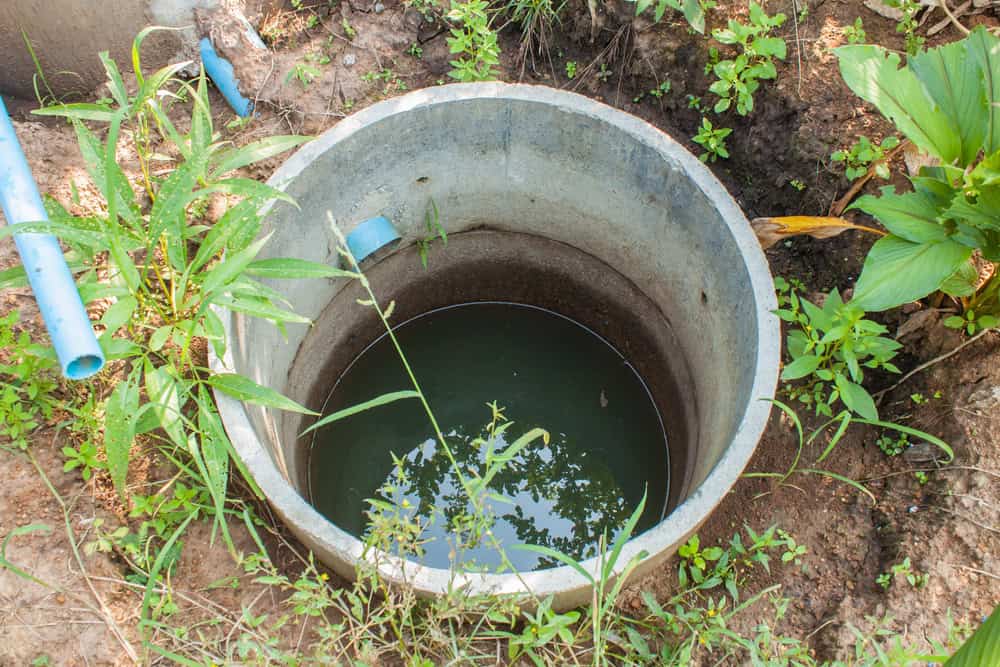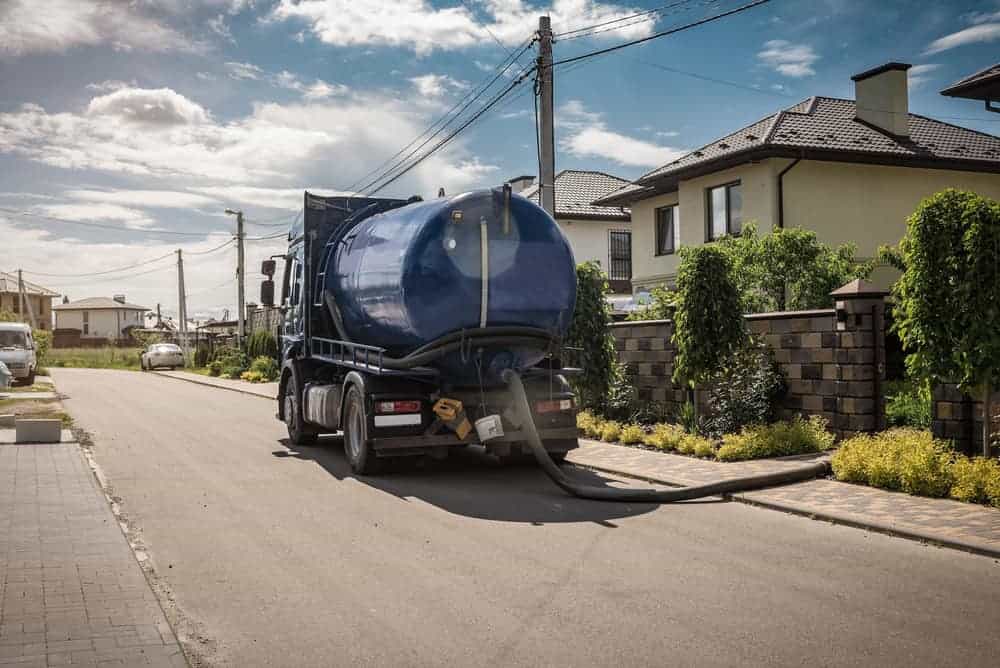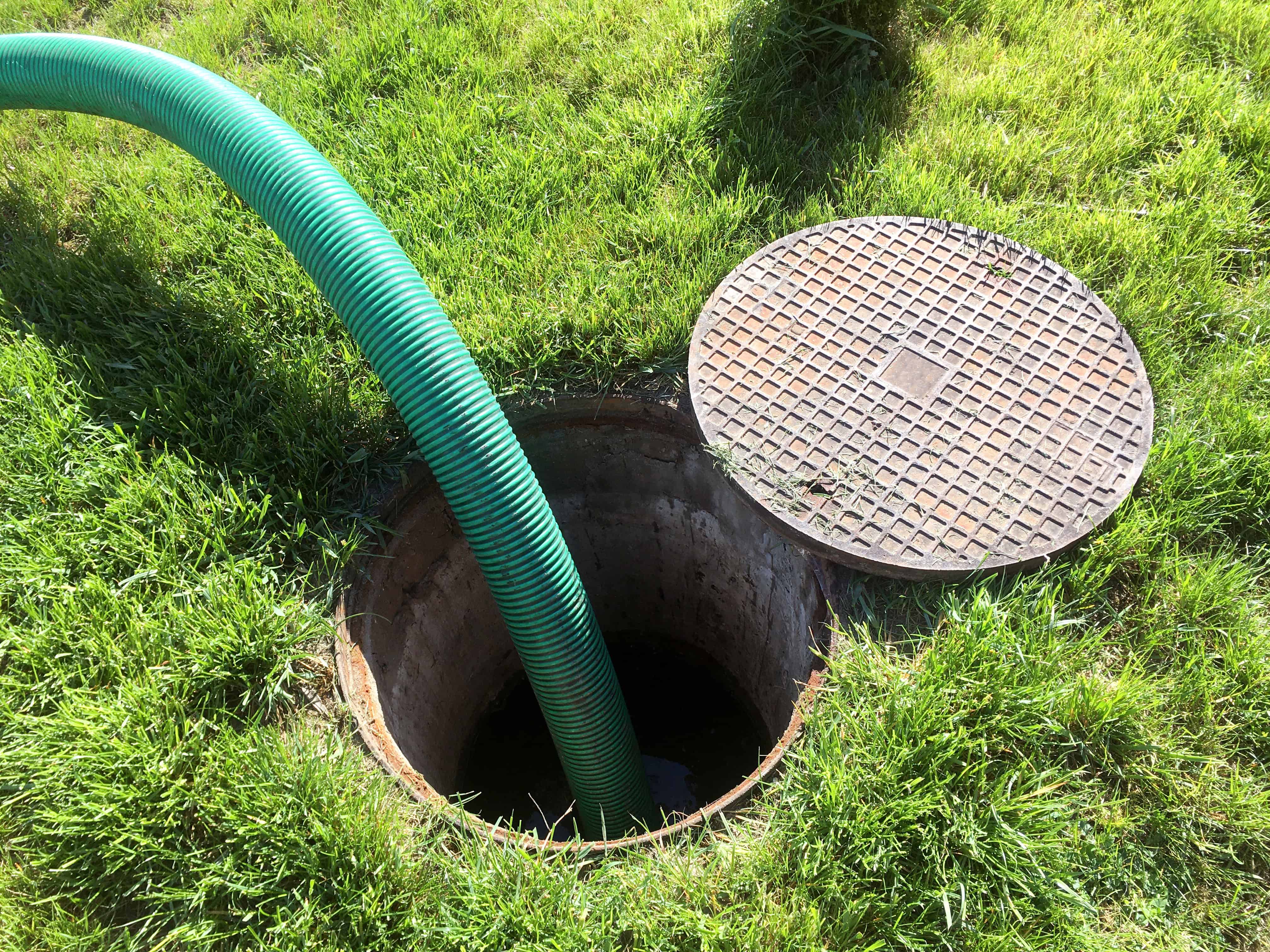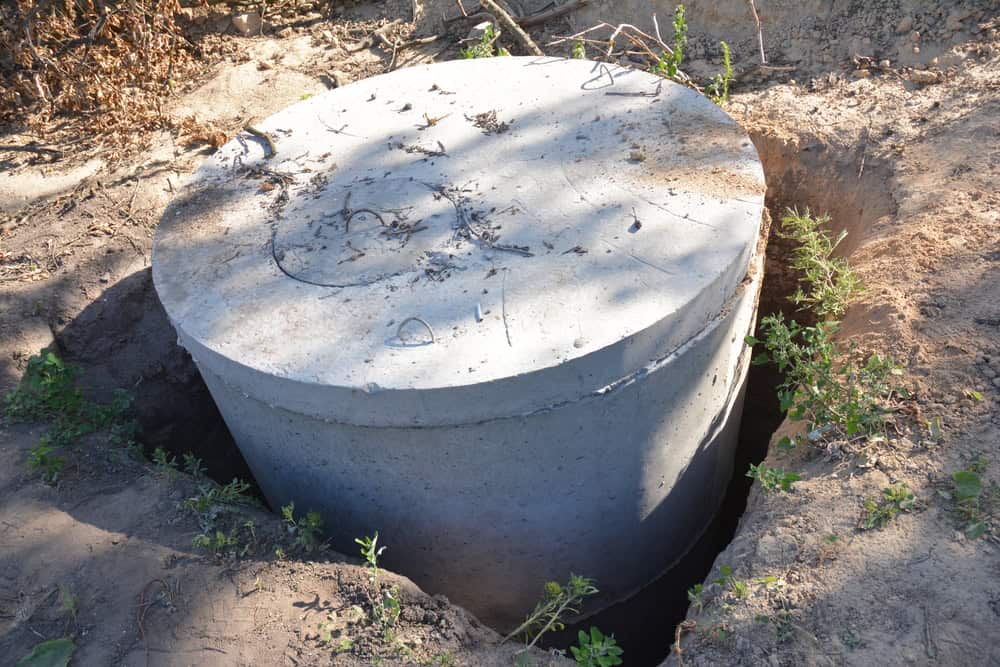Summary:
The Dangers Lurking Beneath Your Yard from a Faulty Septic System
A septic tank or cesspool that isn’t working as it should can set off a chain reaction of negative effects, impacting both the health of people living nearby and the surrounding environment. Imagine the wastewater from your home – from toilets, showers, and sinks – not being adequately treated. Instead of harmful components being neutralized, they can seep into the ground. This untreated liquidwaste carries bacteria, viruses, and nitrates directly into the soil and, potentially, into the groundwater. For Long Island, with its sandy soil and reliance on underground aquifers for drinking water, this poses a direct threat. Contamination can transform safe drinking water sources into health hazards, leading to illnesses. Furthermore, the surplus of nutrients, particularly nitrogen and phosphorus from the waste, can seriously unbalance local ecosystems. These nutrients, when they reach ponds, bays, or coastal waters, can fuel excessive algae growth. These “algal blooms” block sunlight, deplete oxygen as they decompose, and can lead to the unfortunate demise of fish and other aquatic life, altering the vibrant waterways you appreciate in Long Island. Instituting a schedule of regular septic service and timely septic tank pumping is a primary defense against these scenarios, helping to manage waste effectively and keep harmful substances contained.
Your Water Quality: Understanding Contamination Risks
When your septic system fails, raw or partially treated sewage has the potential to escape and migrate. This effluent can then infiltrate groundwater, which feeds wells, and surface water bodies like streams, ponds, and even the bays surrounding Long Island. Such leakage introduces a host of undesirable elements, including E. coli, fecal coliform bacteria, and various pathogens, directly into water that might be used for drinking, irrigation, or recreation. For communities in Long Island that depend on private wells, the risk is particularly acute, as contamination can occur without immediate detection, potentially affecting your family’s health over time. Addressing these risks through consistent cesspool pumping and, when necessary, cesspool repair, is not just about system upkeep; it’s about protecting the water your family consumes and uses daily. Proper system function is a barrier against these invisible threats.
How Failing Systems Disrupt Local Long Island Ecosystems
When your septic system fails, raw or partially treated sewage has the potential to escape and migrate. This effluent can then infiltrate groundwater, which feeds wells, and surface water bodies like streams, ponds, and even the bays surrounding Long Island. Such leakage introduces a host of undesirable elements, including E. coli, fecal coliform bacteria, and various pathogens, directly into water that might be used for drinking, irrigation, or recreation. For communities in Long Island that depend on private wells, the risk is particularly acute, as contamination can occur without immediate detection, potentially affecting your family’s health over time. Addressing these risks through consistent cesspool pumping and, when necessary, cesspool repair, is not just about system upkeep; it’s about protecting the water your family consumes and uses daily. Proper system function is a barrier against these invisible threats.
Proactive Steps: Preventative Measures for Your Septic System's Health
Taking a preventative approach is undoubtedly the most effective way to sidestep the environmental damage that faulty septic systems can cause, saving you from future complications and expenses. Central to this prevention are consistent septic tank cleaning and routine cesspool maintenance. These aren’t just occasional tasks but ongoing commitments to your property’s infrastructure and environmental responsibility. Think of it like regular check-ups for your car; they keep things running smoothly and identify small issues before they become major breakdowns. For septic systems, this involves periodic removal of accumulated solids from the tank. If these solids—sludge and scum—are allowed to build up excessively, they can flow out into the drain field or leach pit, clogging the soil pores and preventing proper liquid absorption. This leads to system backups, surface ponding of effluent, and the environmental contamination previously discussed. A well-maintained system, through services like septic tank pumping and necessary septic repair, operates efficiently, treating wastewater as designed and protecting your Long Island property and the broader environment.
The Value of Engaging Professional Septic Services
While basic septic care involves mindful usage by your household, the technical aspects of septic maintenance and repair require specialized knowledge. Engaging professional services means technicians with specific training assess, clean, and repair your system. They use appropriate equipment, such as powerful vacuum trucks for septic tank pumping and cesspool pumping, designed to remove waste thoroughly and transport it to approved disposal facilities. Professionals can also identify early warning signs of trouble that you might miss, like saturated areas near the drainfield, slow drains throughout your house, or unusual odors. Their diagnostic process might involve inspecting baffles within the tank, checking for cracks or leaks in the tank structure, and assessing the condition of the leach field. For instance, if a blockage is suspected in the lines leading to or from the tank, they might use specialized augers or even camera inspection tools to pinpoint the problem. This allows for targeted septic repair or cesspool repair, addressing the root cause rather than just symptoms, ultimately preventing environmental harm and extending system longevity.
Long-Term Advantages of Consistent Septic System Upkeep
Investing in regular septic service offers benefits that extend far beyond just meeting environmental obligations; it directly protects your property and finances. A septic system that receives consistent attention, including periodic septic tank cleaning and cesspool service, is far less likely to experience catastrophic failures. Such failures can be incredibly disruptive, potentially leading to sewage backups into your home – an unpleasant and unsanitary situation requiring extensive cleanup and costly remediation, often running into thousands of dollars. Moreover, a failing system can necessitate a complete replacement, an expense that can easily exceed $10,000 to $20,000 or more, depending on system size and site conditions in Long Island. Regular maintenance helps your system achieve its maximum operational lifespan, which can be 25 to 30 years or more, compared to a neglected system that might fail in half that time. This consistent care translates into substantial long-term savings and preserves your property value.
Your Role in Protecting Long Island's Environment Through Septic Care
The environmental consequences of a septic system that is not functioning correctly are considerable, with potential to affect water quality and the delicate ecosystems that define Long Island. From the risk of harmful bacteria entering your drinking water to nutrient pollution that can decimate aquatic life in local bays and ponds, the stakes are high. However, these outcomes are not inevitable. Through diligent and regular septic maintenance, including timely septic tank cleaning and professional cesspool service when indicated, you can greatly reduce these risks. Taking responsibility for your septic system’s health is a direct and impactful way to contribute to a cleaner, safer Long Island. If you have concerns about your system or wish to establish a maintenance schedule, contact Quality Cesspool. You can learn more about how specialized services can help you maintain an effective septic system and contribute positively to a sustainable local environment.





